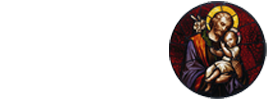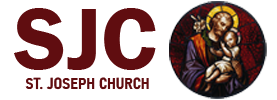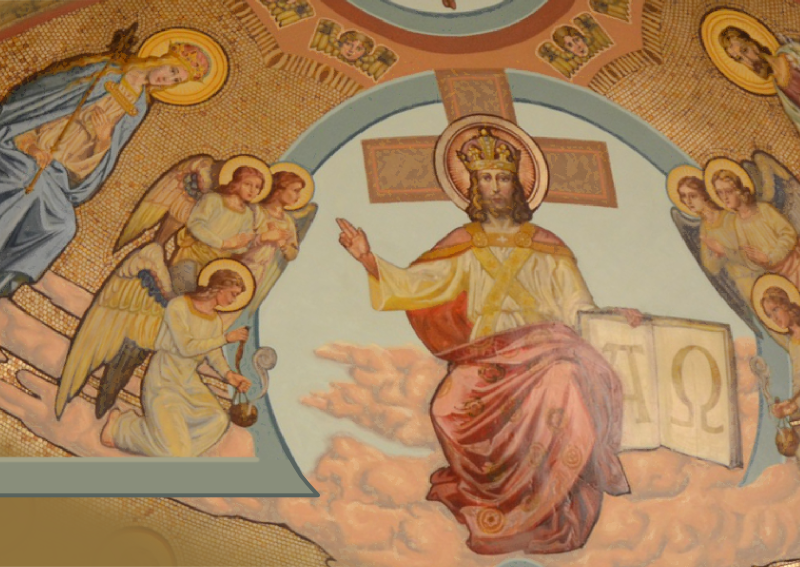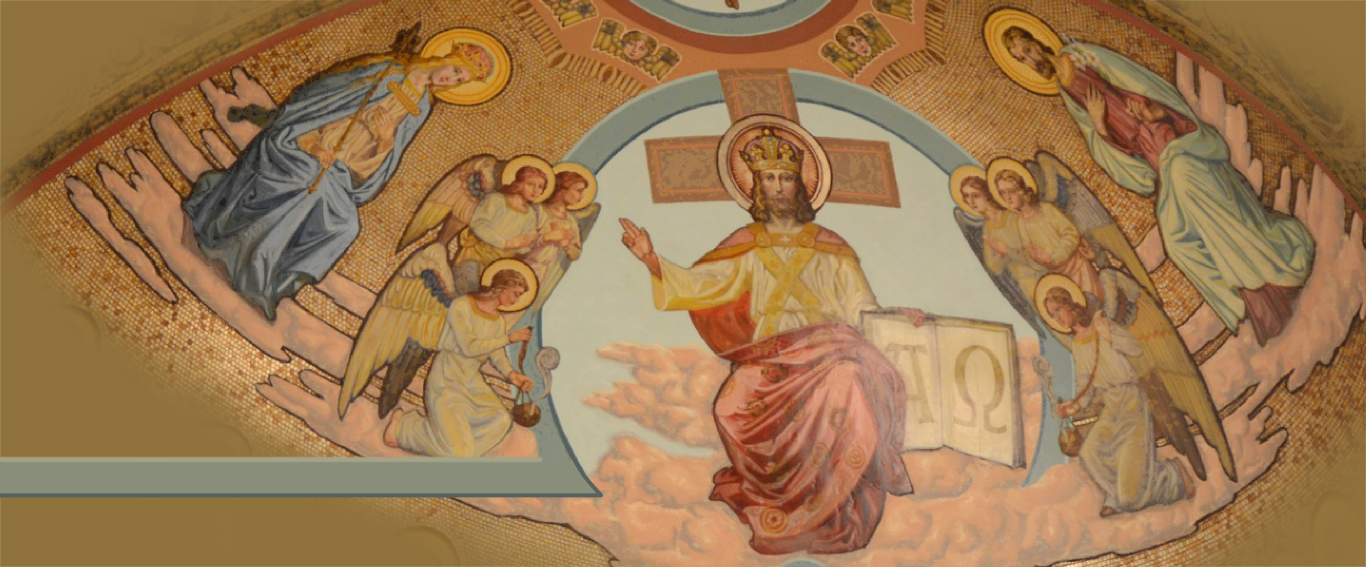The Triduum of Easter is the three‑day celebration of Jesus’ paschal mystery. It presents us with the central mystery of the Christian life, perhaps of life itself ‑‑ dying to rise, death to life. Even though the Church spreads the Triduum liturgies over three days (Holy Thursday, Good Friday, and the Easter Vigil), what we commemorate is one single movement ‑‑ Jesus’ passage through the pain, humiliation, and suffering of death to the glory and triumph of Resurrection and new life.
Because Holy Week has so many implications for the Christian life, the Church savors its richness and complexity. The Church knows we need time, perhaps a lifetime, to make this dying and rising with Christ the central moving force in our lives. The distinction of the Triduum cannot be emphasized enough. It is the year’s principal liturgy, summarizing in marvelously rich celebrations what being Christian is all about. During these days, the Church’s basic symbols are especially highlighted. These symbols appear again and again as we use them extensively to mark the passages of life and the ongoing flow of life. But their singular importance is underscored in the sacred Triduum.
HOLY THURSDAY
Traditionally, on Holy Thursday morning, there is the Chrism Mass that is held in the Cathedral of each diocese. On this day the local bishop consecrates the oils used for baptism, confirmation, holy orders, and anointing of the sick. In our Diocese, the Archdiocese of Newark, the Chrism Mass is celebrated on the Monday of Holy Week. Later on Holy Thursday we commemorate the Last Supper ‑‑ the first Mass ‑‑ with a special Mass that also recreates the scene of Christ washing the disciples’ feet. With the beginning of the Evening Mass of the Lord’s Supper, Lent officially is ended and we enter into the “three-fold celebration of the Easter Mystery”.
GOOD FRIDAY
Good Friday is perhaps the most difficult liturgy of the Triduum, because it commemorates the gruesome death of Jesus Christ. The tendency might be to overemphasize death to the point of having a wake service or funeral for him with the pounding of nails and taunts of “Crucify him, crucify him.” But we must remember this death is not once and for all. Jesus is alive. So Good Friday must be celebrated with an eye to Easter Sunday’s Resurrection. It is the premier day to highlight dying to selfishness and sin in order to live a new life.
HOLY SATURDAY
Saturday (the Easter Vigil) is the crown of all liturgies. The Church outdoes itself tonight. This is what it’s all about. This is what we celebrate in one way or another all year long. We light the new fire, proclaiming Jesus to be our light and our life. We hear the readings that tell the primal stories of who God is and of who we are and before that the exultant song proclaiming the night of nights when Jesus rose. We bless the waters of baptism through which new members are initiated into the Church. Along with these new members we celebrate the renewal of old members, insuring a Church alive and ever‑new. Finally, the Eucharist celebrates our coming together to nourish ourselves at the font of all life ‑‑ the Lord’s table. There are those who say all parish planning should start and end with the sacred Triduum. The key to an authentic and fruitful celebration of the Triduum is not to restage historical events but rather to renew what these events mean for our lives. The historical occurrences took place centuries ago. Now our goal is to recommit ourselves to dying to the old way in order to rise with Christ to a new life



